Innovations That Will Transform Road Construction (2025)

Table of Contents
Critical Issues Faced by the Road Construction Industry
Before diving into innovations that have the potential to transform the road construction industry, let's look at some of the challenges that the industry faces. These include:-
Design-related problems: These include a lack of detailed specifications by the architects, poor design reflection and continuous changes in the design by the client.
-
Cost overruns: Too many undocumented design changes can incur a cost overrun beyond the allocated budget. It also makes the process tedious to trace back and locate the exact points that triggered these additional costs.
-
Environmental impacts: Some negative environmental impacts of road construction include waste disposal dumping, nuisance noise, dust pollution, soil erosion, natural vegetation removal, disturbance to wildlife, and population displacement.
-
Project delays: Construction delay is considered to be one of the most recurring problems in the road construction industry and it damages project success in terms of time, cost, quality, and safety.
-
Maintenance and repairs: Road repair is a costly job. For example, in fiscal 2020, the Ministry of Road Transport and Highways, India, allocated Rs 3,150 crore for the maintenance of roads and highways, which is 17% higher than the revised estimates for fiscal 2019.
The innovations in the sector can be divided into three phases of the project lifecycle, namely, road construction materials and machines, design and implementation, and highway operations and management. In the road construction materials and machines sector, the use of innovative materials, automation, and machine control technologies has been encouraged to improve efficiency and lower the environmental impact. In the design and implementation phases, the technological advancements have increased the construction speed and lowered the project lifecycle cost. Furthermore, technology-based initiatives are increasingly being adopted in the highway operations and management phase to improve the operation and management of highways.
Promising Innovations in Road Construction Industry
1. Self-healing concrete

-
Minimal repair costs: This is because the self-healing asphalt only requires minimal repairs and replacement.
-
Fewer cracks: The asphalt reinforces the road surfaces causing fewer cracks to appear.
-
Faster repairs: This speeds up the operation and maintenance phase.
2. Recycled Plastic Roads
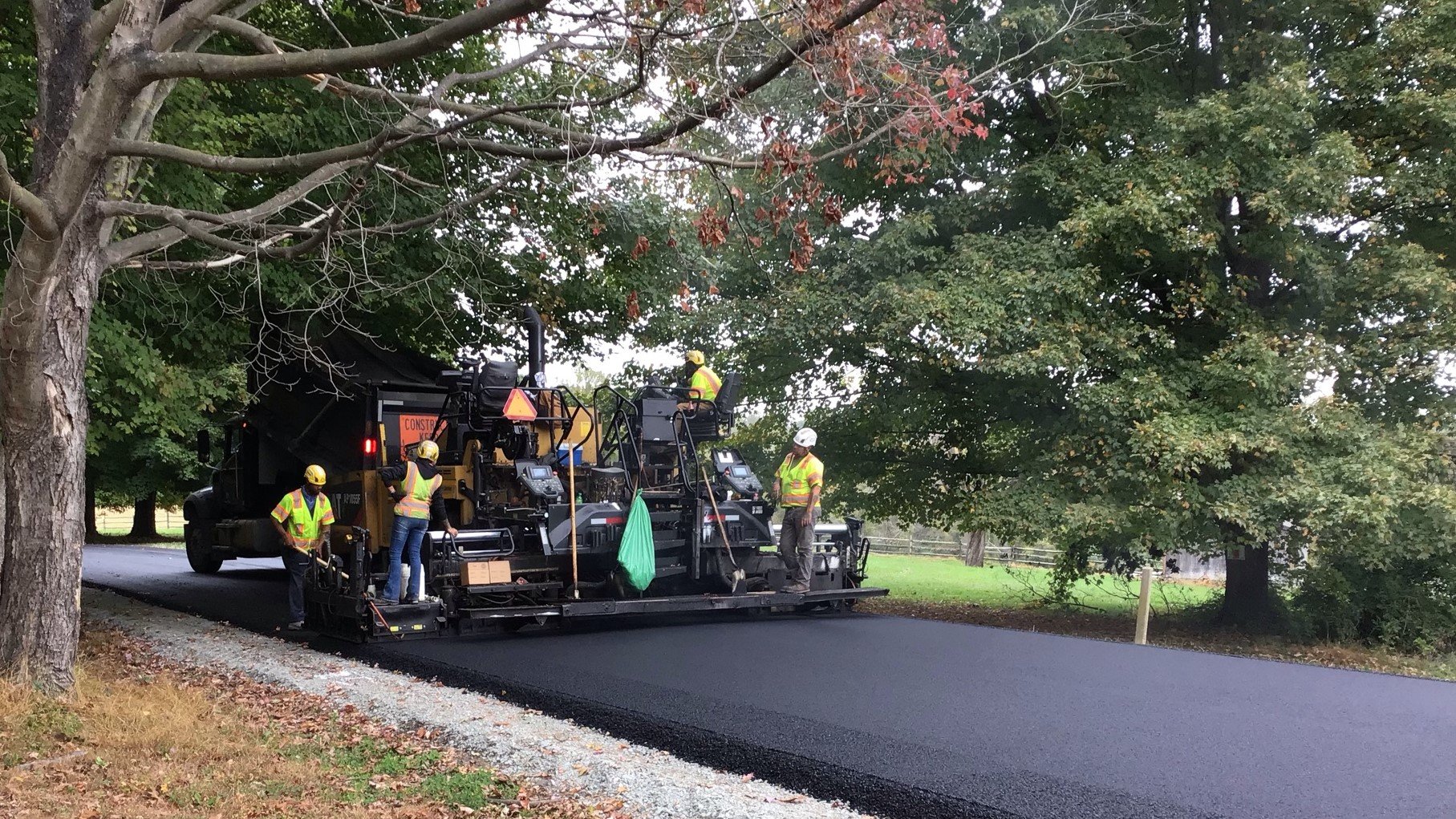
Recycled plastic roads were developed by Rajagopalan Vasudevan, a professor of chemistry at the Thiagarajar College of Engineering in India. The material replaces 10% of a road's bitumen with repurposed plastic waste. Many different types of plastics can be added to the mix, including carrier bags, disposable cups, hard-to-recycle multi-layer films, and polyethylene and polypropylene foams. So far, 2,500 km (1,560 miles) of plastic-tar roads have been laid in India. Chennai was among the first cities globally to adopt this technology when the municipality commissioned 1000 km of plastic roads in 2004. The advantages of using recycled plastic roads include:
-
Lower carbon emissions: By 2040, there are set to be 1.3 billion tonnes of plastic in the environment globally. Recycling this plastic can help lower carbon emissions.
-
Enhanced Maintenance: Adding plastic to roads appears to slow their deterioration and minimise potholes.
-
Economic benefits: The incorporation of plastic results in savings of roughly $670 (£480) per kilometre of road.
-
Durability: Plastic roads can withstand both heavy loads and traffic.
3. Prefabricated Plastic Roads.webp?width=900&height=506&name=Prefabricated%20Plastic%20Roads%20(1).webp)
This innovation addresses the problem of environmental impacts caused by road construction. With a rapidly growing supply of plastic waste, reuse options that turn waste into resources are the need of the hour. These are prefabricated, modular, and hollow road structures built from recycled plastics. In Zwolle and Giethoorn, Netherlands, there are two bicycle paths made purely from waste plastics. This is the result of an invention by Simon Jorritsma and Anne Koudstaal, who launched their first product in 2018. The advantages of using Prefabricated Plastic Roads include:-
Faster project completion: PlasticRoads lead to the reduction of the project completion time from months to a few days. This is due to the lightweight and modular design of the roads.
-
Water Storage: The hollow space in PlasticRoads can be used to temporarily store water. This helps prevent flooding during extreme precipitation.
-
Storage: The hollow space can also be used for the transit of cables, pipes, sensors, or the electric charging of vehicles.
-
Smaller carbon footprint: The PlasticRoad is a completely circular product and, thus, has a significantly smaller carbon footprint than traditional road designs.
4. Solar Roads
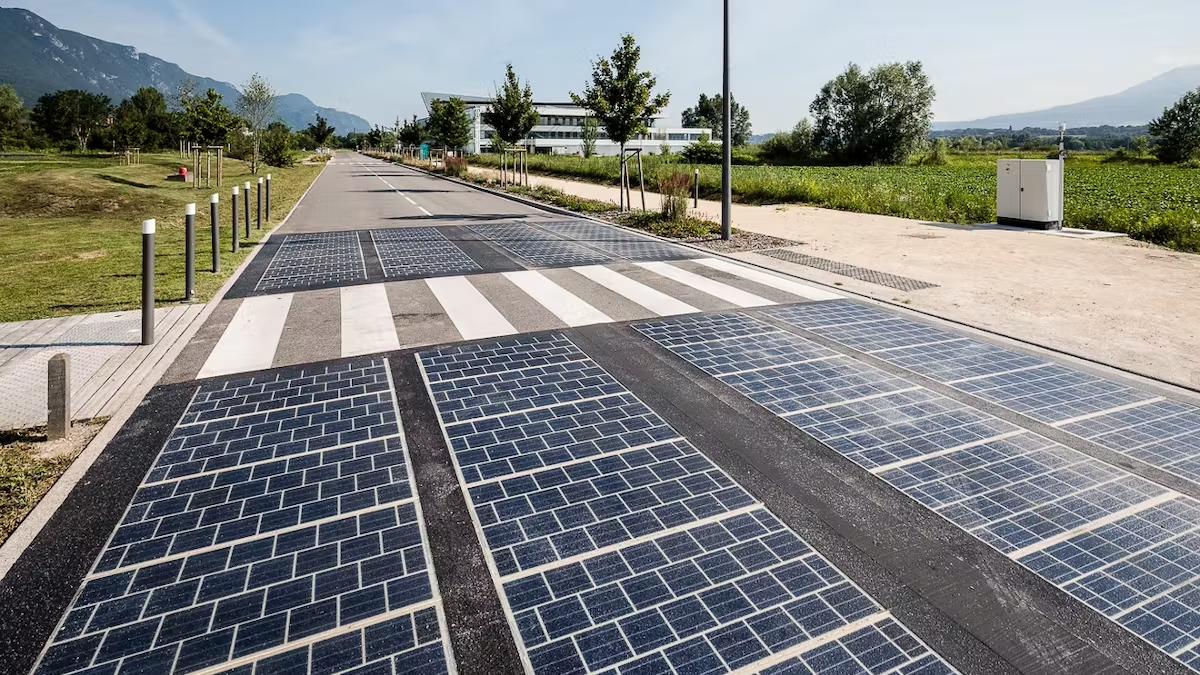
-
Production of renewable energy: Solar roadways are employed to generate electricity, thus contributing to sustainable development.
-
Greater life span: The lifespan of solar roads is around 20 years which is much greater than that of Asphalt roads which is 7-12 years.
-
Enhanced safety: Solar roads come with the possibility to affix solar lamps, charged by these solar panels.
5. Building Information Modelling
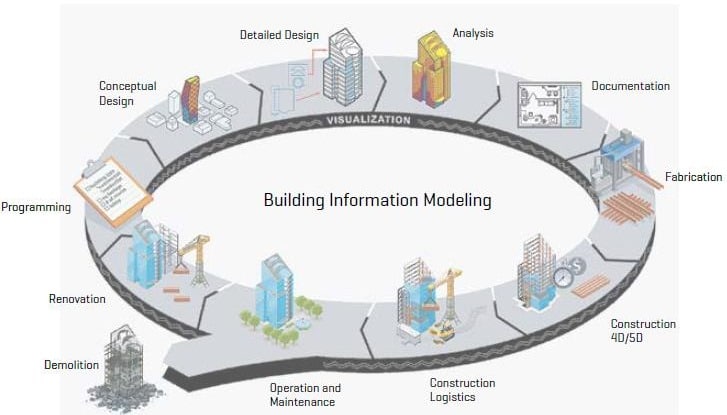
The construction and maintenance of road infrastructure are one of the most important sectors for a company's national economy and also one of the least digitized ones. This leads to an insufficient level of cooperation and inadequate information management. BIM technology helps aid the digitalization of the construction process. It allows all stakeholders involved in a project to collaborate on a single 3D model. Norconsult, Norway's leading multidisciplinary consulting firm, completed the construction on a 15-mile stretch of the 680-mile Coastal Highway project using BIM technology. The result included reduced environmental impact. The advantages of using the BIM design process include:
-
Enhanced Collaboration: BIM helps teams collaborate on a single 3D model. This helps with design-related problems such as poor design reflection in the project.
-
Reduced Errors: BIM allows construction teams to resolve constructability issues early in the design process to prevent conflicts on-site. Navisworks is a powerful software that can help teams achieve this.
-
Time and cost benefits: 4D and 5D BIM services help with proper time and cost management.
-
Renovation: New design processes like “Scan to BIM” are advantageous when it comes to renovating or reconstructing existing infrastructure.
A recent report from Dodge Data & Analytics found that BIM is rapidly becoming a standard practice throughout the industry. While architecture firms are the fastest to adopt BIM practices, civil engineering and road construction firms are also embracing BIM at record levels.
Interested in getting started with BIM?
Novatr’s BIM Professional Course allows learners to explore BIM with industry-relevant subjects and projects, taught in both live and recorded sessions.The learners can:
- Become BIM experts in just 6 months of part-time, online study.
- Master 7+ BIM software and industry workflows.
- Learn from AEC professionals leading BIM at top-tier firms worldwide.
- Work on a live, RIBA-structured capstone project to practice your skills.
- Get placement assistance to land jobs in globally operating BIM firms.
So that’s it! I hope this blog gave you the insight you needed to accelerate your career in the architecture, engineering, and construction (AEC) industry.
Head to our Resources page if you want to get more insights on AEC careers, software and tools, and industry trends.
Frequently Asked Questions:
1. What is the future of road construction?
With promising innovations, road construction is going to be smarter. With the increasing inclination towards a sustainable approach, the usage of recycled materials and biomaterials will increase with green roads and modular roadways coming into the picture. With technology driving this progress, 3D modeling, AI and sensors are going to be a major part of it.
2. What are some examples of road innovation in India?
The concept of plastic roads, developed by Rajagopalan Vasudevan is one of the shiniest examples of road innovation made in India. Solar and electrical roads are another addition to the list.
3. How BIM is driving innovation in road construction across India?
With BIM leading the construction of main highways in India, it is driving the innovation in road construction in India. The application of BIM in road construction projects is increasing as it facilitates clash detection, 3D visualisation, and more.
4. What is the latest technology used in road construction?
From BIM to 3D printing, automation to solar roads, are some of the technologies that are revolutionising road construction. With the approach to making more smart roads, AI, robotics and cloud computing is also being embedded in road construction.

 Thanks for connecting!
Thanks for connecting!




.png)



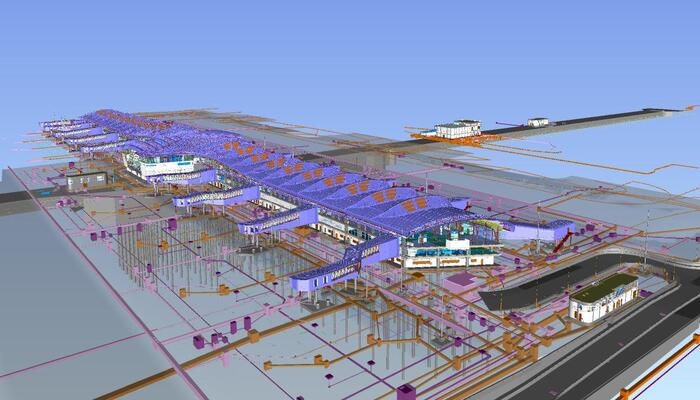
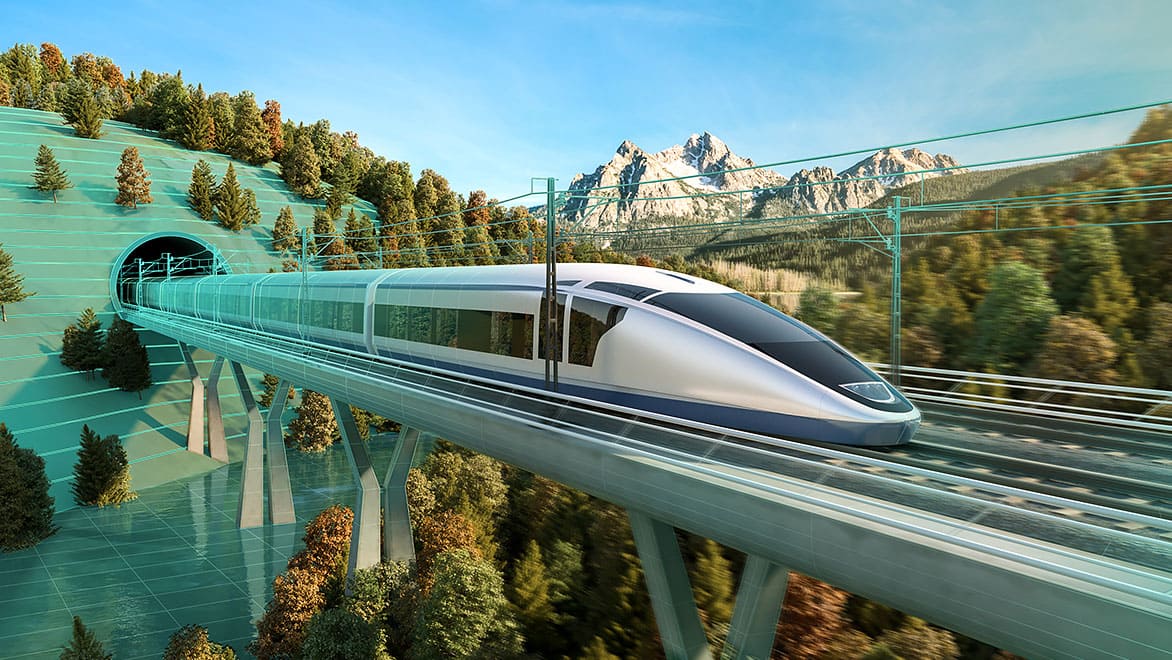
.jpg)

